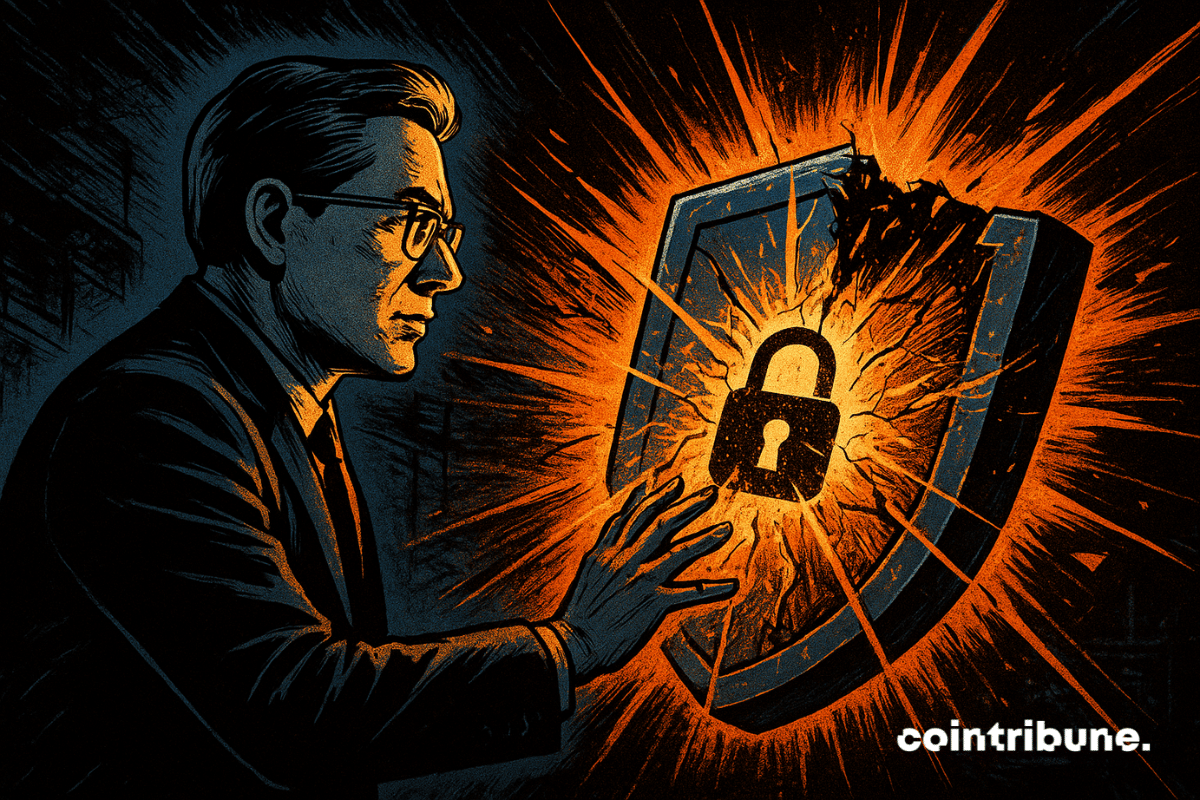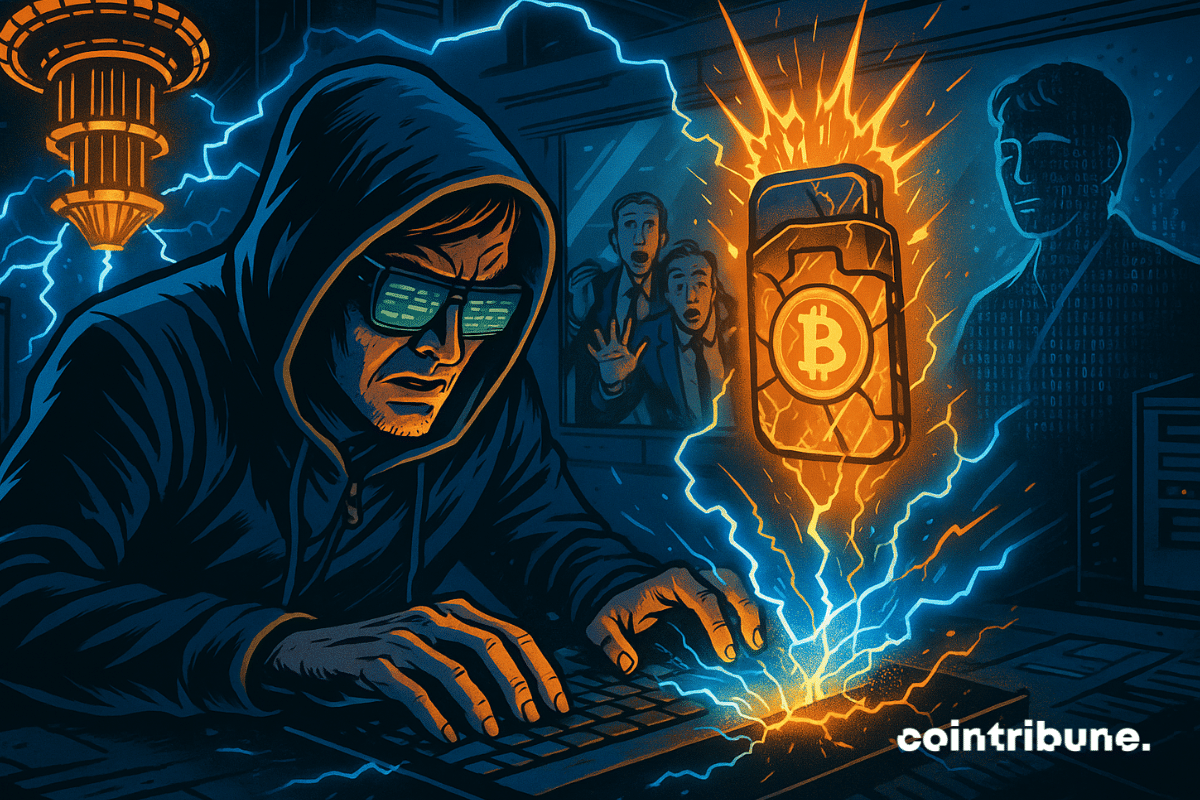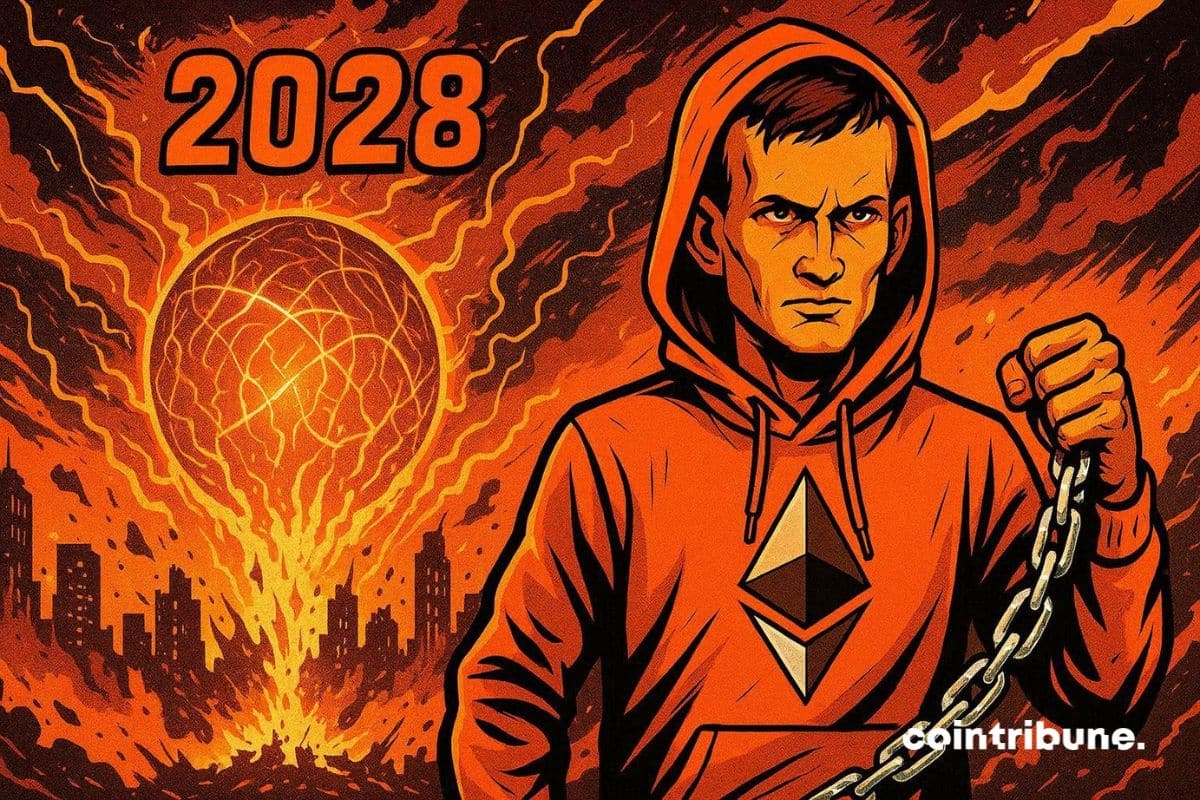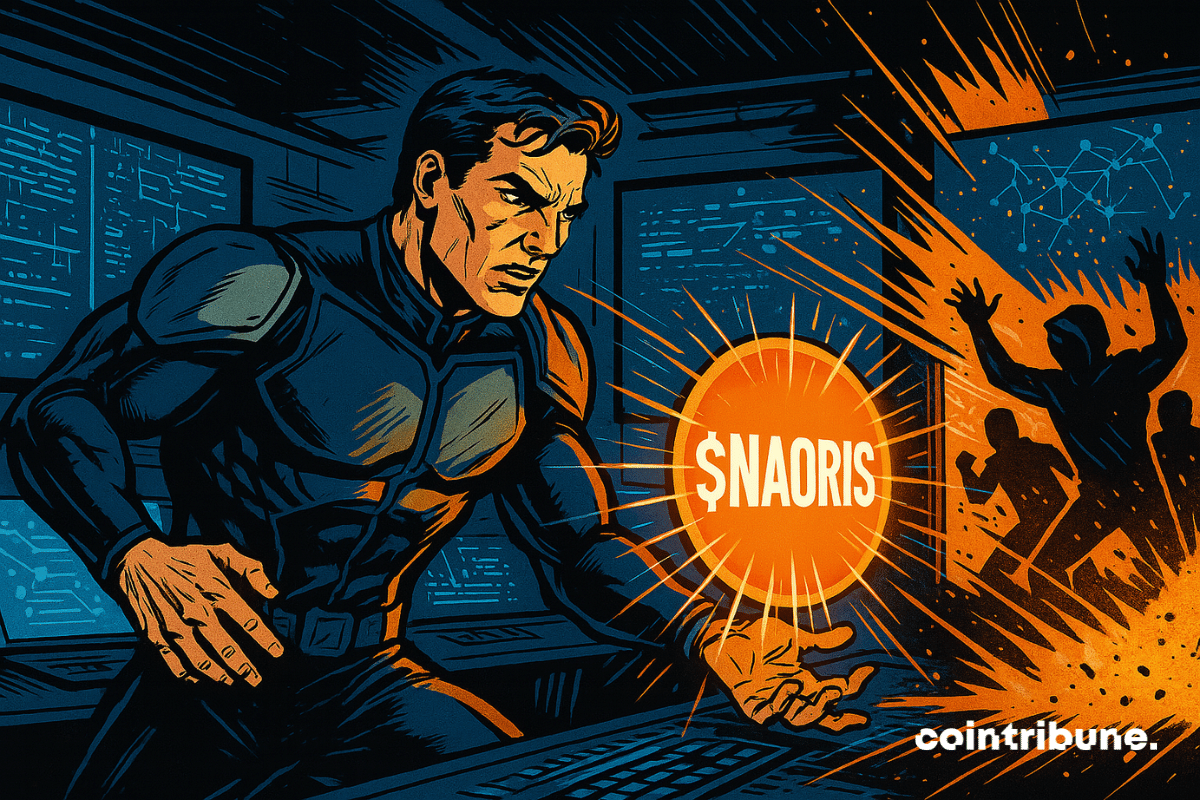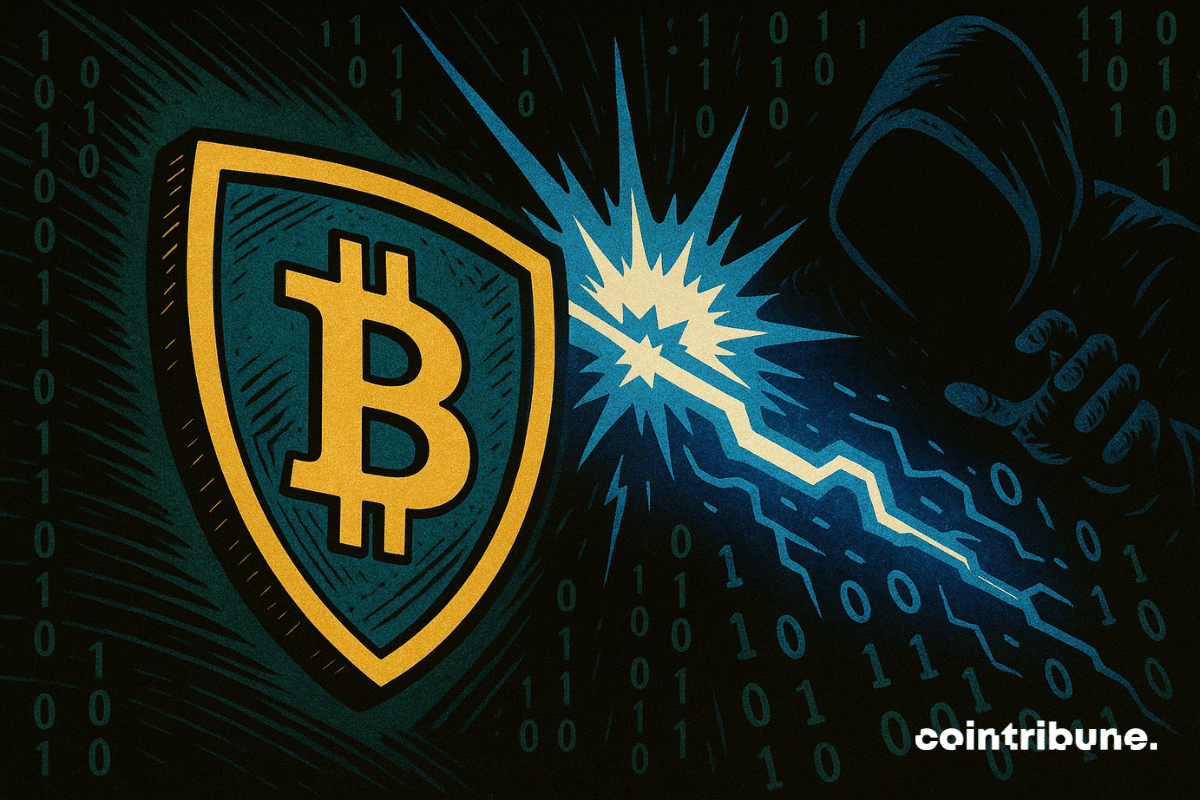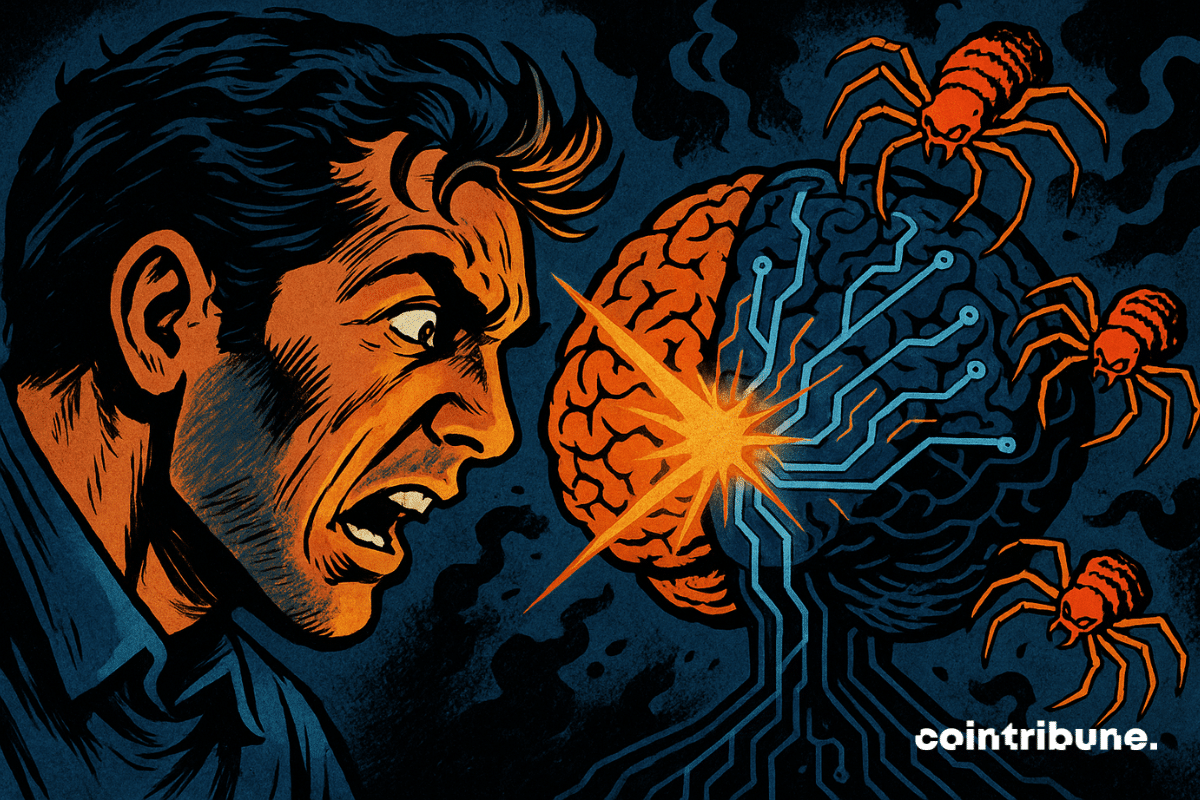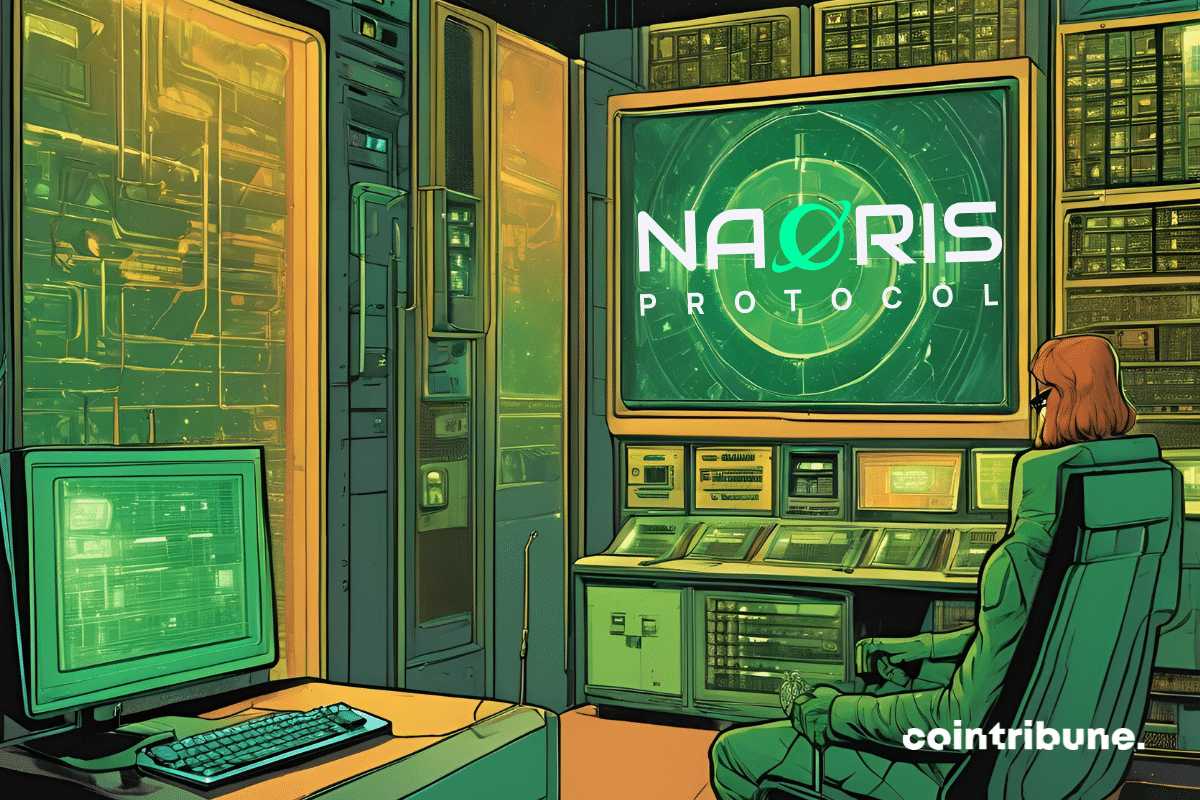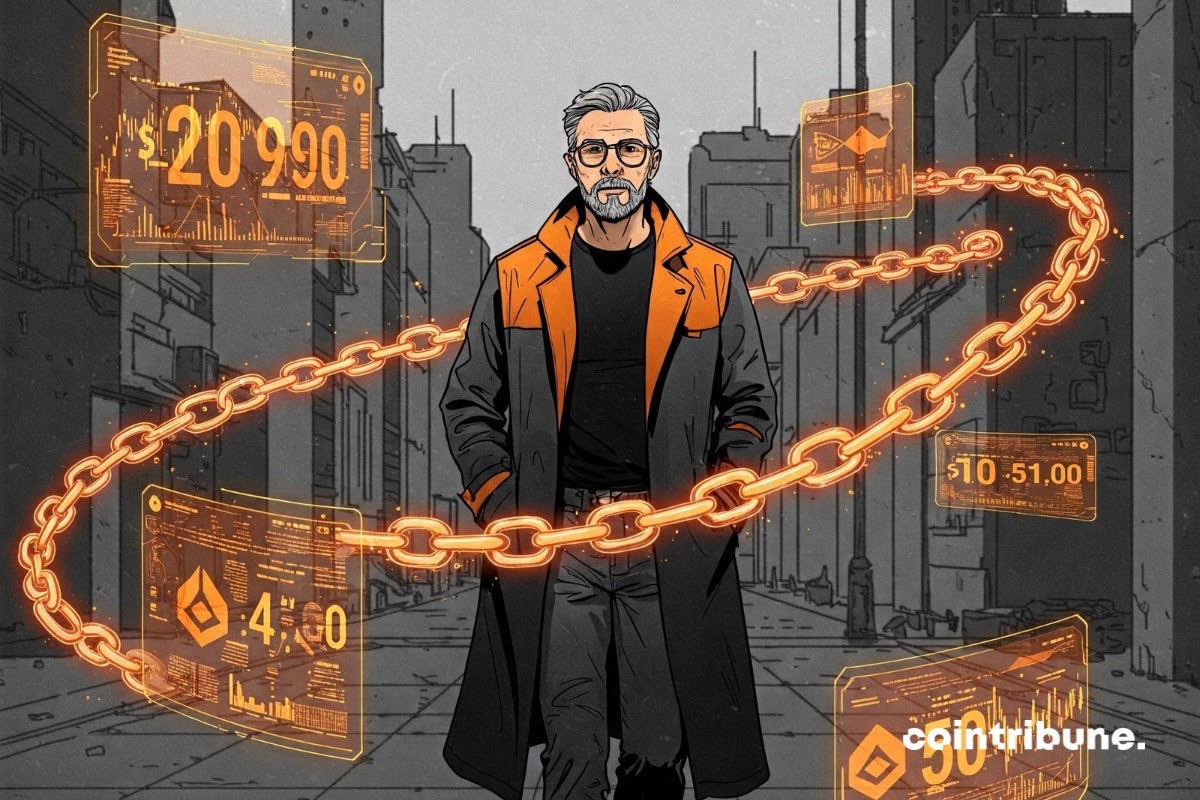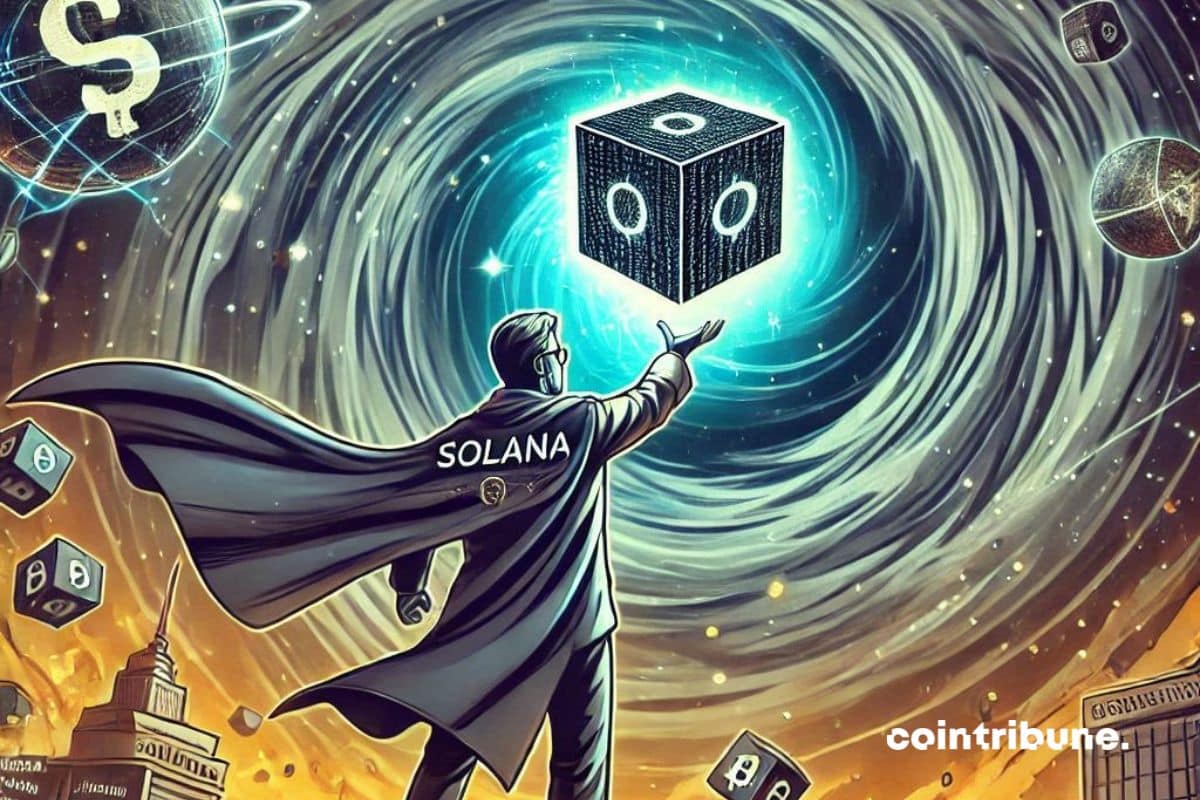Adam Back has pushed back against growing concerns over quantum computing, arguing that while Bitcoin should prepare for the future, the technology is still far from posing a real threat.
Quantum Computing
During his notable appearance on The Joe Rogan Experience on December 3, 2025, Jensen Huang delivered a striking assessment. The head of Nvidia (NVDA), now the world's most valuable company at $4 trillion, considers artificial intelligence to be a new industrial revolution. But this revolution comes with major security challenges.
Experts warn that advances in quantum computing could one day threaten Satoshi’s Bitcoin, potentially affecting market prices while the majority of coins stay protected.
As the DeFi protocol Balancer suffers a devastating $128 million hack in less than 30 minutes on November 3, 2025, the crypto industry faces an existential question: how can blockchain infrastructure defend against both today's sophisticated exploits and tomorrow's quantum threats? With DeFi protocols losing over $3.1 billion in 2025 alone, Naoris Protocol emerges as a pioneering solution, having processed over 98 million post-quantum transactions and mitigated 463 million cyber threats on its testnet. The protocol's innovative Sub-Zero Layer architecture and Dilithium-5 cryptography represent a fundamental shift in how the industry approaches security, transforming every device into a defensive node rather than a potential vulnerability.
Quantum computers could cause the collapse of the crypto ecosystem as early as 2028. Vitalik Buterin sounds the alarm and proposes radical solutions. Will crypto survive this imminent threat? Discover the stakes and the answers that could change everything.
On September 3, 2025, the United States Securities and Exchange Commission (SEC) released the Post-Quantum Financial Infrastructure Framework (PQFIF). This strategic document, submitted to the U.S. Crypto Assets Task Force, officially designates Naoris Protocol as the reference model for the financial sector’s transition to post-quantum cryptography. This recognition places the protocol at the center of U.S. regulatory priorities in cybersecurity, at a time when the rise of quantum computers poses an existential threat to the protection of digital assets.
The U.S. Securities and Exchange Commission is reviewing a groundbreaking proposal that could reshape how the crypto industry prepares for quantum computing threats. The SEC is reviewing a groundbreaking proposal aimed at preparing Bitcoin and the wider crypto ecosystem for the looming threat of quantum computing, signaling that regulators are taking quantum risks seriously as experts warn "Q-Day" could arrive as early as 2028.
Quantum computer and Bitcoin. Here is a hot series that is not about to fade, especially after IBM's latest experiment.
A new tool to check if your bitcoins are vulnerable to the quantum computer is now online. Are your BTC safe?
Global cybersecurity is facing an unprecedented challenge: organizations must simultaneously comply with NIS2, prepare for post-quantum migration (NIST 2030-2035 deadlines), and implement a truly operational zero-trust. This convergence of constraints creates a unique window of opportunity for solutions that solve multiple problems at once.
The transformation of Web3 cybersecurity begins today, and Cointribune gives you the chance to be among the first to lead the way... while earning exceptional rewards! To celebrate the Naoris Protocol TGE on July 31, 2025, we're launching an exclusive contest with over €2,000 in prizes. From July 31 at 9 p.m. to August 14, 2025, at midnight, discover the world’s first post-quantum cybersecurity protocol and try to win Ledger Nano S Plus devices, $NAORIS tokens, and exclusive collector's goodies.
The transition to post-quantum cryptographic standards is becoming a global imperative. In the United States, authorities are mandating a migration by 2030, followed by the complete removal of current algorithms by 2035. In the face of this deadline, centralized infrastructures are showing their limits. It is in this context that Naoris Protocol stands out by proposing the first decentralized post-quantum infrastructure.
It is no longer if, but when. Quantum computing will soon be a reality, and it's time to take stock. How many bitcoins are currently at risk?
The quantum threat is not for tomorrow morning, but recent breakthroughs suggest that the Bitcoin community made the right move to initiate major maneuvers.
Web3 is facing a perfect storm of increasing threats. Phishing attacks have siphoned off more than $341 million in just 300 days, and the imminent arrival of the quantum computing era threatens to render current cryptographic protections obsolete. It is in this context that Naoris Protocol is positioned, developing the first decentralized post-quantum cybersecurity infrastructure designed for blockchain ecosystems.
In June 2025, the quantum industry reached a historic milestone. Oxford University announced a world record with a quantum gate achieving an error rate of only 0.000015%, or one error every 6.7 million operations. A few days later, IBM unveiled its roadmap to a 200 logical qubit quantum computer, named Starling, expected in 2029. Meanwhile, Nvidia CEO Jensen Huang stated that the quantum computing sector has reached an inflection point, heralding a new technological era. In light of this acceleration, a major question arises: Is Web3 ready for the post-quantum world? The reality is more concerning than it appears.
In May 2025, China achieved a major milestone in cybersecurity by making the first encrypted voice call using quantum technology over more than 1,000 km between Beijing and Hefei. This feat relies on a national quantum key distribution (QKD) network covering 16 metropolitan areas, already protecting 500 government agencies and 380 state-owned enterprises. Meanwhile, China unveiled the Tianyan-504, a superconducting quantum computer with 504 qubits, accessible via the cloud and having logged over 12 million connections from 50 countries. These advancements mark a transition from the experimental stage to operational reality, signaling an acceleration towards "Q-Day", the moment when quantum computers will be able to break classical encryptions.
Michael Saylor says fears over quantum computing breaking Bitcoin are overblown. He believes the network can adapt and tech giants won’t risk their own security.
"BlackRock sounds the quantum alarm: is Bitcoin ready?" This phrase resonates as a major warning for the crypto world. The asset management giant reveals a growing threat: quantum computing. This emerging technology could eventually compromise the cryptography protecting Bitcoin. Despite this warning, Bitcoin ETFs continue to attract record inflows, a sign that confidence remains strong. Meanwhile, Naoris Protocol establishes itself as the native post-quantum response, already deployed to protect Web3 and Web2 infrastructures. This advancement prepares the ecosystem for a future where quantum power will no longer be just a theory but a reality.
Refounding or not, the Ethereum Foundation continues to support the ecosystem: millions distributed, subsidized crypto-tech, Vitalik in quantum mode, and pampered developers. Who said austerity?
With the rapid advancements in quantum computing, the threat to traditional crypto systems is now an undeniable reality. The so-called "Q-Day"—the day when quantum computers become powerful enough to break current cryptographic systems—is no longer a distant possibility. For the crypto world, this moment represents an existential threat. How can we prepare for this looming danger? The answer: Naoris Protocol, a cutting-edge solution designed to secure blockchain and Web3 technologies against the post-quantum future.
The quantum computer will pose a big dilemma. What to do with Satoshi Nakamoto's bitcoins and other lost millions of BTC?
"We do not defend nature. We are nature defending itself." This indigenous proverb illustrates the capacity of the natural world to survive crises without seeking absolute optimization. It reminds us that resilience is at the heart of living beings. Nature does not aim for speed or immediate efficiency, but for diversity and adaptation. Certain animal species, in particular, traverse the ages by evolving in response to threats. Similarly, Bitcoin does not rely on instant performance, but on its resilience due to its decentralized architecture. It follows the same laws of nature, being able to withstand multiple attacks and bans. The parallel drawn in this article between nature and Bitcoin raises an essential question about the model to adopt. Should we prioritize efficiency or resilience, in order to ensure the sustainability of a world in constant digital evolution?
A major threat looms over Satoshi Nakamoto's wallet, which could soon lose all its bitcoins, along with many BTC users.
Solana, a blockchain known for its speed and efficiency, has recently achieved a major milestone by becoming resistant to quantum attacks. This advancement was announced by a Solana developer, who explained that the solution is based on an ancient yet extremely robust crypto technique.
Quantum computing is back in the news and rekindles concerns that give us the opportunity to dive deep into the cryptographic underpinnings of Bitcoin.
French and Singaporean banking giants take a decisive step in the race for post-quantum security. The Bank of France (BDF) and the Monetary Authority of Singapore (MAS) have just achieved a world first: successfully testing a banking communication system resistant to future quantum attacks.

